Hi Readers: As you've probably noticed, Part II has been a long time coming. Reason? All through the month of March 2008 NTSB has been revising the February list of accidents as originally reported. We'll have to assume that reports had not been submitted on time because of Winter and severe weather conditions across the Continental U.S. And, of course, we'll have to realize that NTSB has been 'up to its ears' in investigations and reports. Some of the current aviation problems being reported, such as "overflown airplanes ", lack of airplane inspections, the FAA budget situation, and the lack of FAA controller and technical personnel has not helped our total aviation safety either.
To set the record straight, the total February 2008 aircraft accidents are now 88 instead of 53, and 7 incidents instead of 6. There are now 25 fatal accidents instead of 21, and there are 63 nonfatal accidents instead of 34 (quite an increase), and the fatalities increased from 39 to 57. The majority of both fatal and nonfatal accidents were weather-associated and indicated winter weather problems involving airports, takeoff, landing, and inflight operations. In fact, there are indications that pilots are either not being informed or are not considering winter weather conditions concerning runways and taxiways, and takeoff, landing, and inflight operations. Also, since I started my accounting and analysis of aircraft accidents in early 2007, there has been an increase in sport flying, and a striking increase in experimental and amateur-built aircraft flying - unfortunately an increase in accidents and problems of airplane airworthiness and power outages.
Of the 25 fatal accidents (accounting for 57 fatalities) the majority were loss of control, under both VFR and IFR conditions, day and night, on X-C flights of 40 to 1600+ miles (mostly 200-300 miles), and weather associated, about half without a flight plan. Why are pilots so reluctant to file a flight plan? In a hurry, necessity to check the weather, flight too short, I'll climb above it, no reporting? Here lies a basic problem in flight planning. Before I get into the lecture mode, I'll say this. Pilots must start flight planning based on the route of flight and the destination weather (considering an alternate destination), get the best weather briefing possible, file a flight plan, and start checking the weather ahead after climb to cruise. Amen.
There were 53 nonfatal accidents with the usual myriad cause indications - power loss or failure - (followed by loss of control), power or telephone line strikes, landings on snow and ice, bird strikes, severe turbulence, prop strikes on landing, etc.
Of the fatal accidents, of note was a Raytheon C90A (6 fatal) accident on 2-1-08. The aircraft impacted terrain near the Mt. Airy, North Carolina airport following loss of control after a GPS RNAV "missed approach" under IFR conditions. Witnesses reported rain, low cloud ceilings, and fog in the local area. This is an interesting accident in that the details indicate that the insrument-rated commercial pilot did everything "right", up to a point, and then "lost it". It was reported that the pilot had a total of 780 flight hours. It will be interesting to know the pilot's instrument time, time in this airplane, number of instrument approaches made previously, and the GPS instrumentation installed in the airplane. We'll wait until all the facts are in - this loss of control could have been precipitated by a number of factors such as fuel starvation (although there was evidence of fuel), instrument failure, interference in the cockpit, pilot proficiency, et cetera.
Another interesting accident occurred on 2-1-08 involving a Cessna Citation 525 and an inflight loss of control in IFR conditions following takeoff from Augusta, Maine on a X-C flight to Lincoln, Nebraska. The instrument-rated female pilot filed an IFR flight plan for night flight with the FSS and received a standard weather briefing (whatever that was). The pilot and passenger then departed from the snow-covered ramp area and was observed taxiing over ground covered with snow and ice to R/W 35. The weather conditions had turned from light snow to freezing rain. The pilot subsequently, after taxiing across a ditch, taxiied on to R/W 17 (the active R/W) and made takeoff. After takeoff the pilot contacted ATC and reported at 1,000' climbing to
10,000'. One minute later she advised "we've got an attitude indicator failure", subsequently announcing they were not certain which way they were turning. The aircraft impacted terrain 6 miles SSW of Augusta at flight speed. One can only conclude that this flight, under IFR and night conditions must have been compelling. The temperature and dewpoint temperature (not reported) had to be below zero and indicative of serious icing conditions.
There were other fatal accidents, of note for serious errors. For now, let me conclude that pilots must be more weather-conscious in both VFR and IFR flying. Plan for the weather and fly by the weather!
Thanks for listening. R.S.
Friday, March 28, 2008
Summary of February 2008 Aircraft Accidents/Incidents Part II
Subscribe to:
Post Comments (Atom)

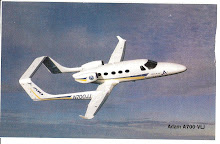




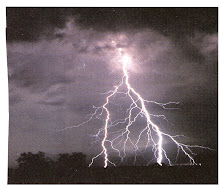

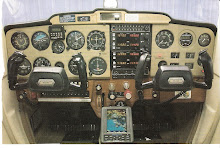
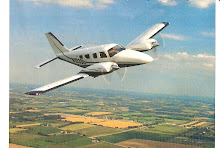
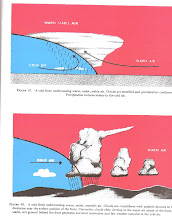
No comments:
Post a Comment